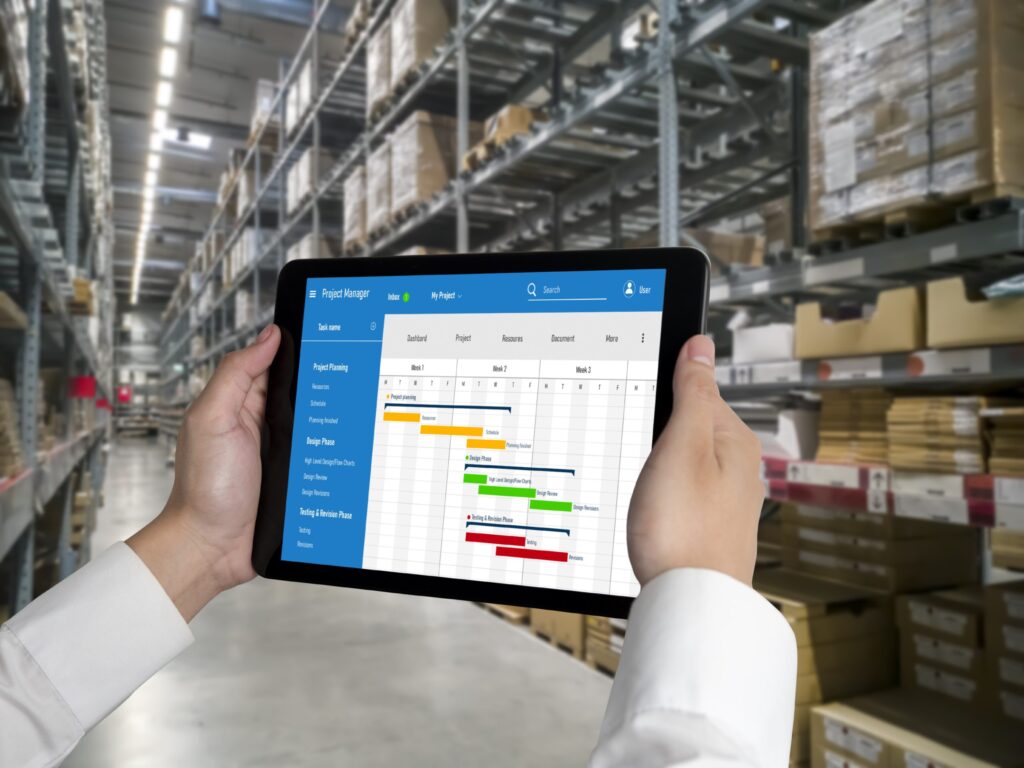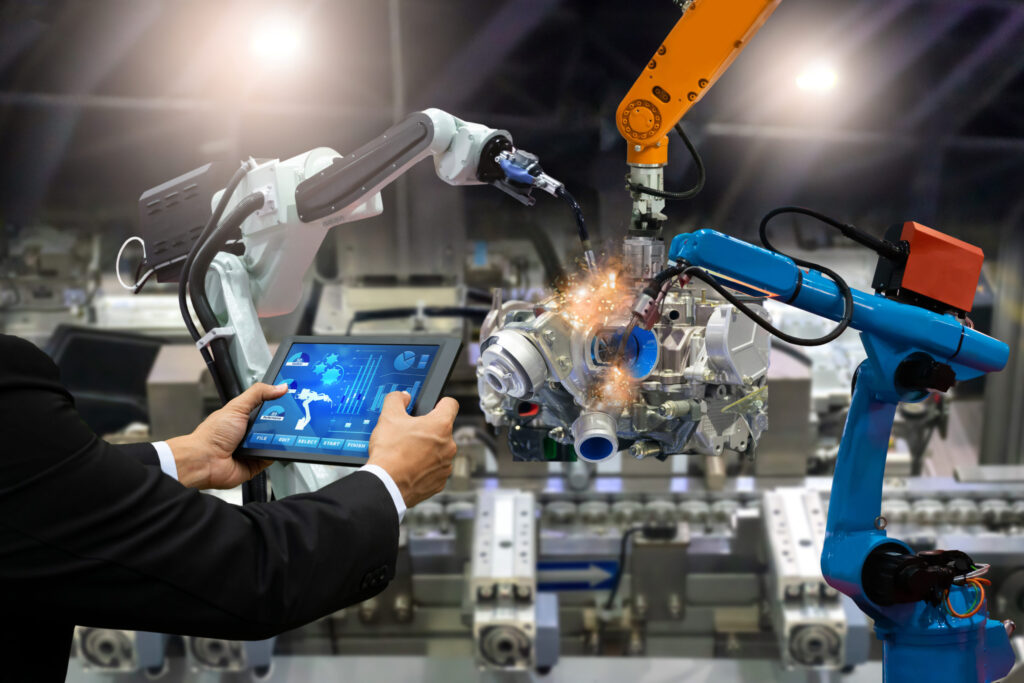Demand forecasting is the practice of anticipating future customer demnd over a given period using historical data and other information. Or, to put it more simply, we can forecast future demand for a specific product by analyzing various market factors such as price changes, product designs, competition, advertising campaigns, consumer purchasing power, employment opportunities, population, and so on. Demand forecasting helps organizations make sound business judgments in a competitive market by providing essential information for capital investment and growth decisions. Forecasting is also helpful in accounting, production planning, process selection, capacity planning, facility layout planning, inventory management, etc. It also aids the S&OP process by making pricing and promotion plans easier to design. Demand planning has been routine for many company planners during the past decade, with many businesses incorporating S&OP methods, complex ERP systems, and new AI technologies into their operations. However, the COVID-19 outbreak generated massive demand shocks and intensified industry-wide instability. As the virus began to spread over the world, many businesses were impacted by previously unimaginable occurrences. Lockdowns compelled various manufacturing industries to cease operations, and it became critical to rethink the older demand planning models. Some items like groceries, tissue paper, and medical essentials like sanitizers were seeing massive demand due to panic buying, while other commodities like cars and automobiles faced a sudden slump. Crises are always unplanned. But wise organizations can plan for emergencies, however unexpected. Being at the forefront of AI and ML, our analysts at Valiance have put together several learnings that can help you not merely survive but thrive in a crisis. Learning #1 Greater visibility into channel data The rapid and anomalous shift in demand patterns during a crisis calls for greater visibility into channel data. By gaining insights into the stocks of all their channel partners, companies stand a better chance of restocking and enhancing fulfillment based on actual stock and sell-through information. Supported by powerful insights, they can comprehend client desires in near real-time and shift the needle from demand speculation to demand sensing. For instance, internet traffic is likely to pick up if in-store sales have degenerated due to lockdown. Providing attractive online offers would help convert this traffic into sales. This decision can only be made if the company has good channel visibility and can analyze data from different channels to determine where to focus its sales and promotional efforts. Channel visibility also empowers business leaders to integrate sales, inventory, and manufacturing to leverage previously underutilized channel intelligence. Organizations can make effective business decisions covering the entire gamut of the demand management process, including demand planning, collaborative forecasting and replenishment, revenue recognition, promotions and incentives, sales commissioning, and product life cycle management. Learning #2 Scenario-based thinking and control tower solutions While forecasts are based on the premise that the future will be similar to the present, scenario planning focuses on the future. It entails developing various narratives for distinct courses that will lead to diverse futures. Thus, scenarios present different, longer-term possibilities depending on unknown risks and uncertainties. It is also structured on a dynamic series of interacting events, causal processes, and critical decision points. In place of purely quantitative forecasting, it provides more versatility and preparedness to cope with risk and uncertainty. It involves understanding alternative futures, determining what may occur, and planning the exit strategy out of any crisis so that the possible solutions and outcomes have already been thought out when the crisis hits. This control tower-driven approach aims to consider intricacies and dependencies across a range of parameters. By comprehending the spectrum of potential outcomes, you can stress-test your portfolio of planned strategic movements against extremes and verify that your strategy is successful in various scenarios. Learning #3 Short-term approach with forecast modifiers Businesses must employ forecast modifiers for the short term to mitigate disruptions like COVID-19, taking time, size, channels, and product mix into account. By applying data from previous occurrences, we can improve our estimates for the future. Learning #4 Incorporating machine-learning algorithms When demand is consistent, seasonal, and expanding, a typical forecasting method incorporating sales data from preceding periods is effective. However, if demand increases or decreases abruptly, as, during a crisis, the models would require time to adjust to the new circumstances; hence, the projections will be too low or too high. Therefore, it is crucial to deactivate these conventional algorithms if demand fluctuates rapidly, particularly if they are linked to automated replenishment systems. Machine learning algorithms adapt rapidly and can select more accurate forecasting algorithms independently. Many AI systems of today create forecasts using hundreds of distinct algorithms. As the system detects a deterioration in the performance of a generally effective algorithm, it can instantly switch to more effective models and extract structural insights from the various SKU-store pairings. If this is not allowed, manual overrides must be used; in many cases, just adjusting the average sales of the previous days or weeks would suffice. When further data becomes available, and volatility subsides, model selection can be reconsidered. A daily adjustment of pricing, promotion, and markdown ensures maximum profit. The forecasting process also improves shelf space, product delivery, and deployment of personnel. A precise estimate of demand—by the hour, day, location, and price- can help make crucial decisions concerning inventories, staffing requirements, contact centers, and fleet personnel. Other recommendations The AI-ML Approach to Demand Forecasting Let us know if you’d like to future-proof your demand planning or build out scenarios that will help your business stay resilient during a crisis. Our AI/ ML solutions have enabled scores of companies to optimize their supply chain planning. Speak with our experts. Let’s craft your AI and data analytics journey together.










